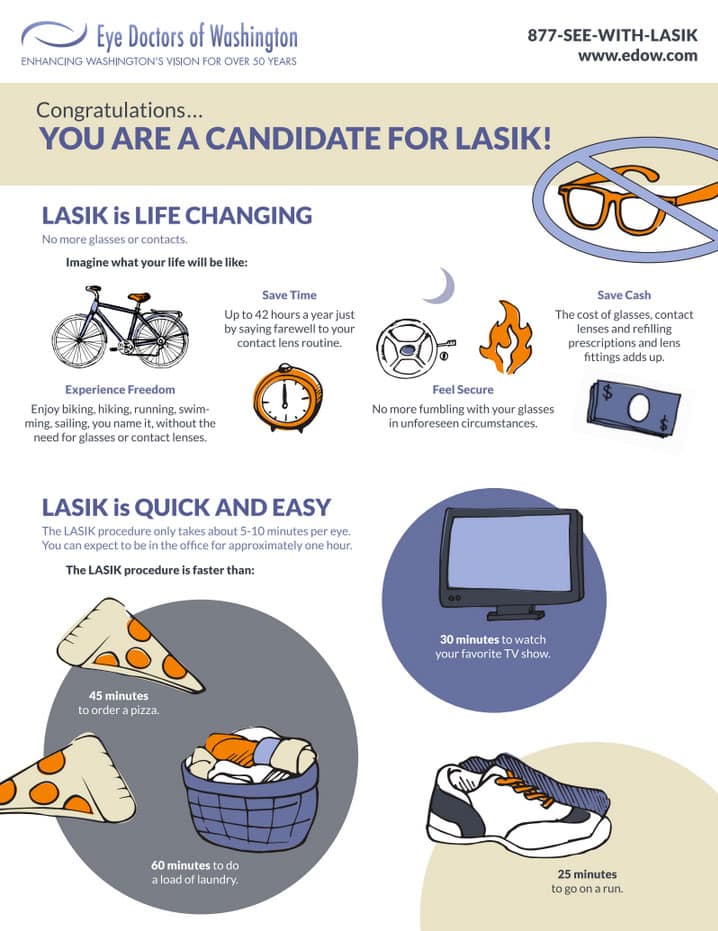Exceptional Changes In Your Youngster'S Behavior Could Indicate Vision Difficulties; Identify The Indicators That Call For An Eye Check-Up To Advertise Their Healthy And Balanced Growth
Exceptional Changes In Your Youngster'S Behavior Could Indicate Vision Difficulties; Identify The Indicators That Call For An Eye Check-Up To Advertise Their Healthy And Balanced Growth
Blog Article
Produced By-Borup Baird
As a parent, you play an important role in your child's wellness, especially when it involves their vision. https://mgyb.co/s/qxagq could notice certain habits that can signify a demand for an eye exam. Squinting, constant eye rubbing, or problems of migraines can be greater than simply small annoyances. Recognizing Read Even more is vital for your youngster's advancement. So, what should you seek following? Let's explore the typical symptoms that could indicate a vision trouble.
Common Symptoms of Vision Problems in Kid
When you discover your kid having problem with day-to-day activities, maybe a sign of vision troubles.
Look for symptoms like scrunching up your eyes, massaging their eyes regularly, or tilting their head to see better. If they've trouble analysis or appear to lose their place typically, that's another indicator.
You may also see them whining about migraines or experiencing eye pressure after extended durations of analysis or utilizing screens.
Furthermore, if your child avoids activities that need great vision, like sporting activities or attracting, it's worth paying attention to.
Watch for any uncommon behavior, as these indicators can indicate underlying vision issues that need expert evaluation.
Early detection can make a large difference in their aesthetic advancement.
Age-Specific Vision Milestones to Display
Every moms and dad needs to watch on their kid's vision advancement as they expand.
At around 6 months, your infant should start tracking moving items. By age 1, they need to be able to focus on and identify acquainted faces.
In between 2 and 3 years, seek improvements in hand-eye sychronisation, like piling blocks or throwing a sphere.
By age 4, children must have the ability to determine shapes and shades, and they may start to identify letters.
If your child battles with these landmarks, it's essential to take note. Monitoring their progress helps you capture potential issues early, guaranteeing they receive the vision treatment they need for a brilliant future.
Keep aggressive concerning their vision wellness!
When to Schedule an Eye Test for Your Youngster
Checking your child's vision growth is important, yet recognizing when to schedule an eye exam is equally as important. The American Academy of Ophthalmology suggests your kid have their initial eye test at six months old.
After that, timetable follow-ups at age 3 and once again before they begin college. If your child reveals signs of vision issues-- like squinting, difficulty analysis, or migraines-- do not await the next arranged appointment.
Furthermore, if there's a family history of eye problems, proactive exams are essential. Watch on any kind of changes in their vision or behavior, and trust your impulses.
Normal check-ups can assist capture possible problems early, ensuring your kid has the best chance for healthy vision.
Verdict
To conclude, remaining sharp to your youngster's visual routines is essential for their eye health. If you notice any type of indications like squinting, eye rubbing, or trouble with reading, do not think twice to schedule an eye examination. Bear in mind, early detection can make a significant distinction in their visual development. Trust fund your impulses as a moms and dad, and guarantee your youngster gets the treatment they require to thrive. Routine exams can help keep their eyes healthy and balanced for years ahead.
